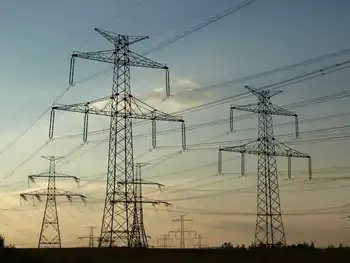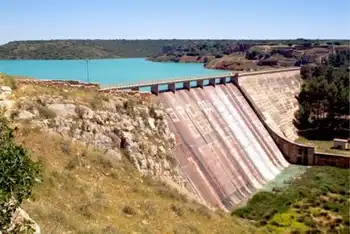NYISO forecasts adequate electric capacity for Winter 2014
The NYISO anticipates a peak load demand of 24,737 megawatts MW for the winter season. The forecast is below last winterÂ’s peak, when polar vortex conditions produced a record-setting winter peak load of 25,738 MW on January 7, 2014.
Peak demand is a measurement of the average total electric demand by consumers for a one-hour period. One megawatt of electricity can serve approximately 800 to 1,000 homes.
The winter peak forecast is based on average winter weather conditions, with composite statewide temperatures of 15 to 16°F. If extreme weather produces colder conditions, with temperatures in the 5 to 6°F range, peak demand across the state could increase to approximately 26,300 MW.
Installed generation capacity in New York state this winter amounts to 39,803 MW. Net external capacity purchases of 1,078 MW also have been secured for the winter period. When combined with the 843 MW of projected demand response in the Special Case Resources program, which enlists consumers to reduce electricity use during peak conditions, the total capacity resources equal 41,724 MW.
The electric system requires surplus power supplies to guarantee that sufficient electricity is available in the event of unanticipated power plant outages, transmission outages or unexpected increases in power consumption. Each day, New YorkÂ’s grid operators maintain 1,910 MW of operating reserves, which means additional generation resources are scheduled above the amount needed to meet the projected demand for electricity on that day.
“Last winter, as much of the country dealt with frigid temperatures from polar vortex events, New York’s electricity use set a new record winter peak,” said NYISO President and CEO Stephen G. Whitley. “Last winter’s record-setting demand, combined with natural gas fuel constraints, led to significant price volatility.
We continue to work with our regulators and stakeholders on fuel assurance initiatives, operational measures and potential improvements to our market design that will address the growing reliance on natural gas and strengthen grid reliability and market efficiency.”
Related News

"Everything Electric" Returns to Vancouver
VANCOUVER - Vancouver has once again become the epicenter of electric vehicle (EV) innovation with the return of the "Everything Electric" event. This prominent showcase, as reported by Driving.ca, highlights the accelerating shift towards electric mobility and the growing role of EVs in shaping the future of transportation. The event, held at the Vancouver Convention Centre, provided a comprehensive look at the latest advancements in electric vehicles, infrastructure, and technologies, drawing attention from industry experts, enthusiasts, and consumers alike.
A Showcase of Electric Mobility
"Everything Electric" has established itself as a key platform for unveiling new electric vehicles and technologies.…





